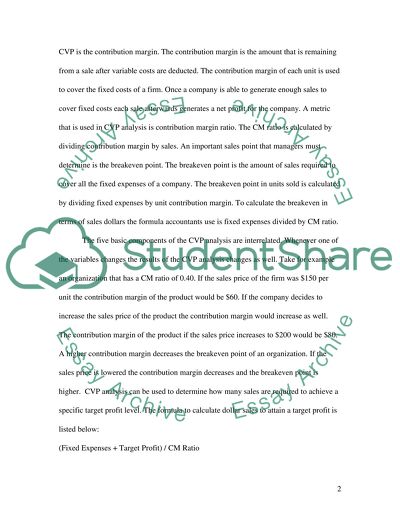Cost, Volume, and Profit Formulas Essay Example | Topics and Well Written Essays - 500 words. Retrieved from https://studentshare.org/finance-accounting/1431411-cost-volume-and-profit-formulas
Cost, Volume, and Profit Formulas Essay Example | Topics and Well Written Essays - 500 Words. https://studentshare.org/finance-accounting/1431411-cost-volume-and-profit-formulas.


